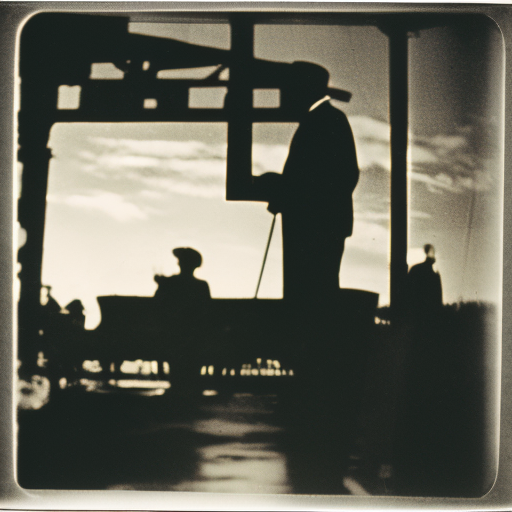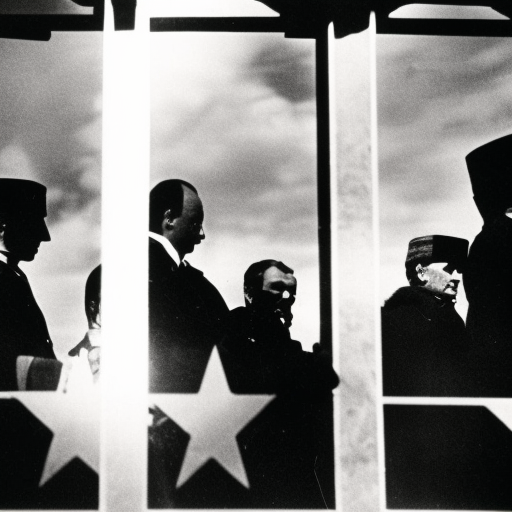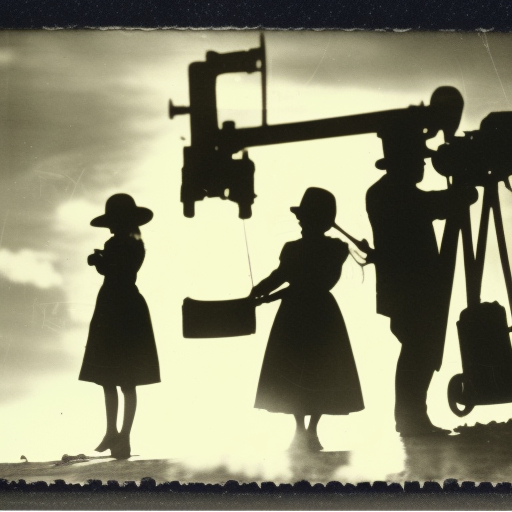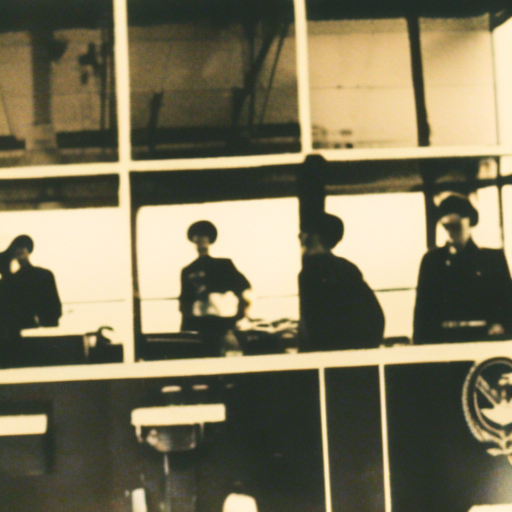The Taft-Hartley Act (1947)
The Taft-Hartley Act, also known as the Labor-Management Relations Act, was a significant piece of legislation passed by the United States Congress in 1947. It was enacted to amend and modify the provisions of the Wagner Act of 1935, which had established the rights of workers to organize and bargain collectively. The Taft-Hartley Act aimed to balance the power between labor unions and employers, introducing new regulations and restrictions on union activities.
Background: The Wagner Act had granted unions the right to engage in collective bargaining and protected workers’ rights to strike. However, by the late 1940s, there was growing concern that unions had become too powerful and were engaging in unfair labor practices that harmed employers and the economy. This led to calls for legislation to curb union power and restore balance in labor relations.
Key Provisions: The Taft-Hartley Act introduced several key provisions that aimed to restrict union activities and protect the rights of employers. Some of the main provisions included:
1. Union Restrictions: The act prohibited certain unfair labor practices by unions, such as secondary boycotts, jurisdictional strikes, and closed shops (where only union members could be hired). It also required unions to bargain in good faith and prohibited them from coercing employees to join or support the union.
2. Right-to-Work: The act allowed states to pass “right-to-work” laws, which prohibited agreements between unions and employers that required employees to join or financially support the union as a condition of employment. This provision aimed to protect the freedom of workers to choose whether or not to join a union.
3. Union Elections: The act introduced new regulations for union elections, requiring secret ballots and providing for the decertification of unions if a majority of employees voted against union representation.
4. Government Intervention: The act authorized the President of the United States to intervene in labor disputes that posed a threat to national health or safety. This gave the government the power to seek injunctions to prevent strikes or lockouts in certain industries.
5. Union Reporting: The act required labor unions to file regular financial reports with the government, providing transparency and accountability for union activities.
Impact and Controversy: The Taft-Hartley Act was met with both praise and criticism. Supporters argued that it restored balance in labor relations and protected the rights of employers and workers who did not wish to join unions. They believed that the act would promote economic stability and prevent the abuse of union power. However, critics, including many labor unions, saw the act as an attack on workers’ rights and a means to weaken the labor movement. They argued that the act favored employers and undermined the gains made by unions under the Wagner Act.
The Taft-Hartley Act had a significant impact on labor relations in the United States. It led to a decline in union membership and influence, as the act made it more difficult for unions to organize and engage in certain activities. The act also contributed to the rise of “right-to-work” states, where unions have less power and influence. Over the years, the act has been the subject of ongoing debate and controversy, with calls for its repeal or amendment from both labor unions and business groups.
In conclusion, the Taft-Hartley Act of 1947 was a landmark piece of legislation that aimed to balance the power between labor unions and employers. It introduced new regulations and restrictions on union activities, including prohibitions on certain unfair labor practices and the right of states to pass “right-to-work” laws. While the act was praised by some for restoring balance in labor relations, it was also criticized for undermining workers’ rights and weakening the labor movement. The act continues to shape labor relations in the United States to this day.












